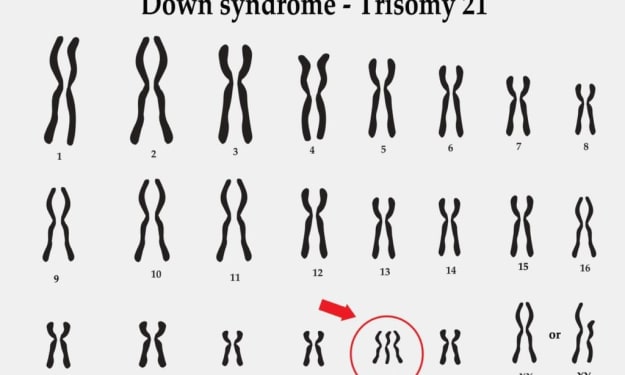"Level Up Your Savings: Decoding the Price Gaming Strategies"
Playing Mind Games with Prices: Unmasking the Intricate Strategies and Psychological Tactics of Price Gaming

Price gaming often involves dynamic pricing, where retailers adjust prices in real-time based on various factors such as demand, competitor prices, and even individual customer behavior.
Retailers may utilize algorithms and machine learning techniques to analyze vast amounts of data and optimize their pricing strate gies for maximum profit. These algorithms can adapt quickly to market changes and consumer behavior patterns.
Price anchoring is a common tactic used in price gaming, where a retailer intentionally sets a higher initial price for a product to create the perception of a significant discount when it is eventually reduced. This can influence consumers to perceive the discounted price as a better deal, even if the actual discount is not substantial.
Online retailers often leverage personalized pricing, tailoring prices based on individual customer data such as browsing history, location, and purchase behavior. This strategy aims to extract maximum value from each customer by offering prices that they are likely to accept.
"Dark patterns" are user interface design techniques used in price gaming to nudge consumers towards making certain decisions, often without their full awareness. For example, placing a more expensive option prominently or creating a sense of urgency through countdown timers can influence consumers to make impulsive purchasing choices.
Some retailers employ scarcity tactics in price gaming, where they create an artificial sense of limited supply or time-limited offers to encourage immediate purchases. This can generate a fear of missing out (FOMO) and push consumers to make quicker buying decisions.
Psychological pricing strategies, such as using odd or charm prices (e.g., $9.99 or $19.95) instead of rounded numbers, are commonly employed in price gaming. These prices are believed to create a perception of lower cost, even if the difference is minimal.
Price discrimination is another aspect of price gaming, where retailers charge different prices to different customer segments based on factors like income level, geographic location, or purchasing power. This approach aims to maximize revenue by extracting the highest possible price from each segment.
Some retailers intentionally offer loss leaders, which are products sold at or below cost price, as a way to attract customers and encourage additional purchases of higher-margin items. This strategy is commonly used in price gaming to drive foot traffic or online traffic to the store.
Consumer behavior research and data analysis play a significant role in price gaming. Retailers study and experiment with various pricing strategies to understand how consumers respond and adjust their tactics accordingly, aiming to create the most enticing and profitable pricing structures.
Psychological cues, such as color choices and font styles, are strategically employed in online price gaming. For example, using red colors for sale prices or displaying prices in larger font sizes can create a sense of urgency and attract attention to discounted offers.
Price gaming is not limited to traditional retail sectors. It is also prevalent in industries like travel and hospitality, where pricing algorithms and revenue management techniques are used to maximize profits by adjusting prices based on factors like demand, seasonality, and booking patterns.
Subscription-based pricing models, commonly found in streaming services and software applications, also incorporate price gaming strategies. Companies often offer introductory discounts or limited-time promotions to entice customers into subscribing, with the intention of increasing prices or upselling additional features once customers are locked into the service.
Price comparison websites and apps have emerged as valuable tools for consumers to navigate the landscape of price gaming. These platforms aggregate and compare prices from various retailers, empowering consumers to make informed decisions and find the best deals.
The rise of e-commerce and online marketplaces has intensified price competition and price gaming. With easy access to multiple retailers at their fingertips, consumers can quickly compare prices, forcing retailers to employ dynamic pricing strategies to stay competitive.
Behavioral economics plays a significant role in price gaming. Retailers leverage cognitive biases and heuristics to influence consumer decision-making. For instance, offering a free gift with a purchase or bundling products together can create a perception of added value, even if the overall price is higher.
Price gaming extends beyond individual products to include pricing strategies for services. Service providers often offer tiered pricing options, with higher-priced tiers providing additional features or benefits. This encourages customers to upgrade and pay more for enhanced service levels.
Price gaming can lead to consumer skepticism and loss of trust. When consumers perceive manipulative pricing practices, it can erode their confidence in the fairness of the market and the integrity of retailers. Maintaining transparency and ethical.





Comments
There are no comments for this story
Be the first to respond and start the conversation.